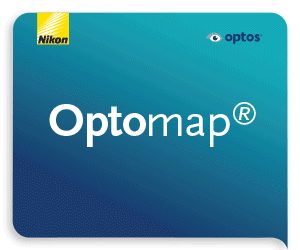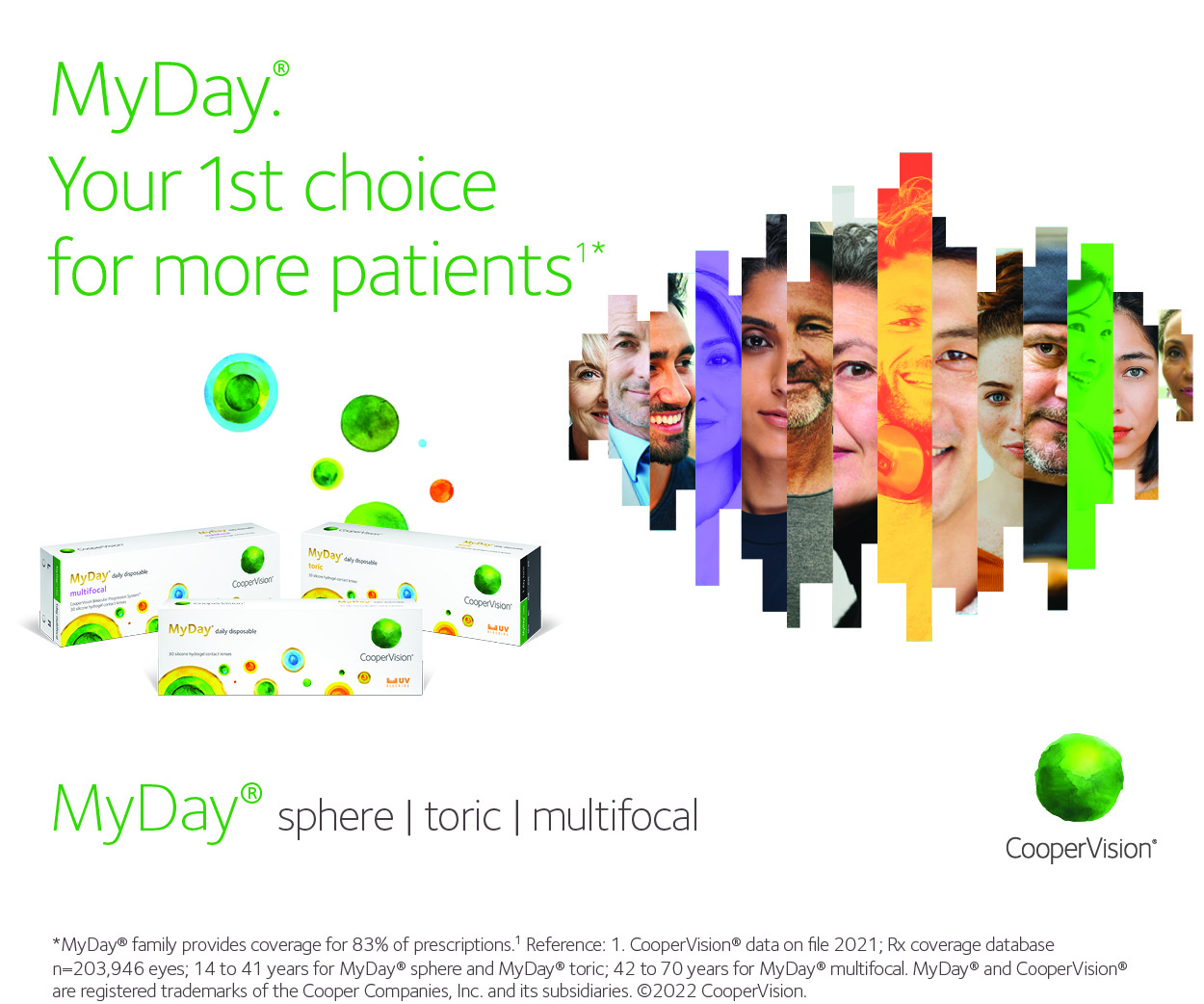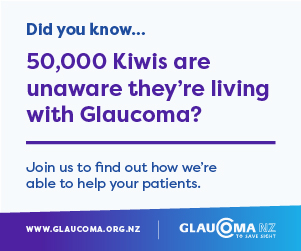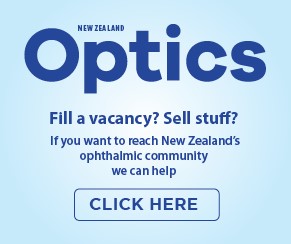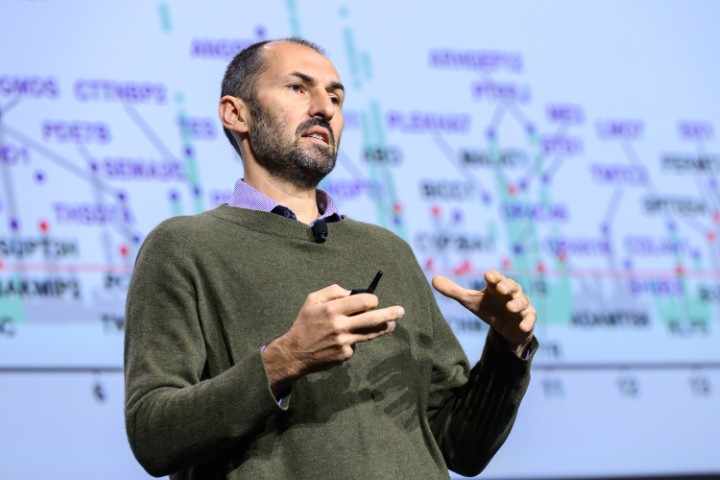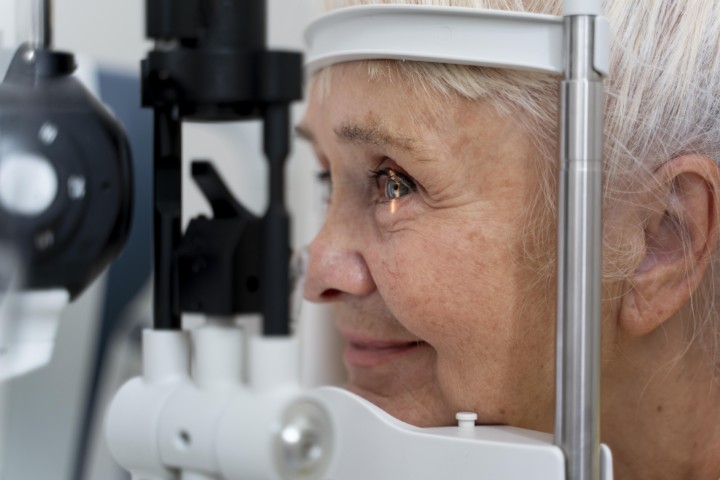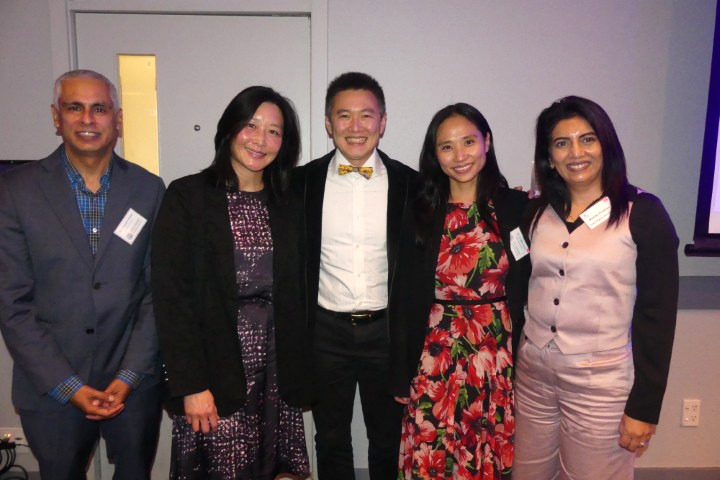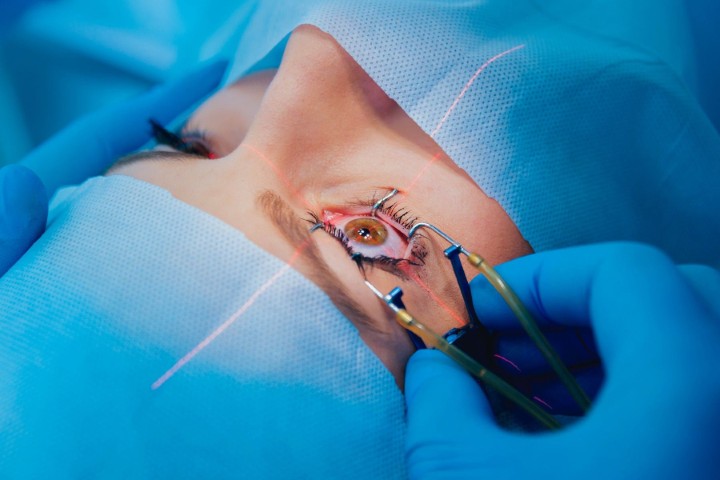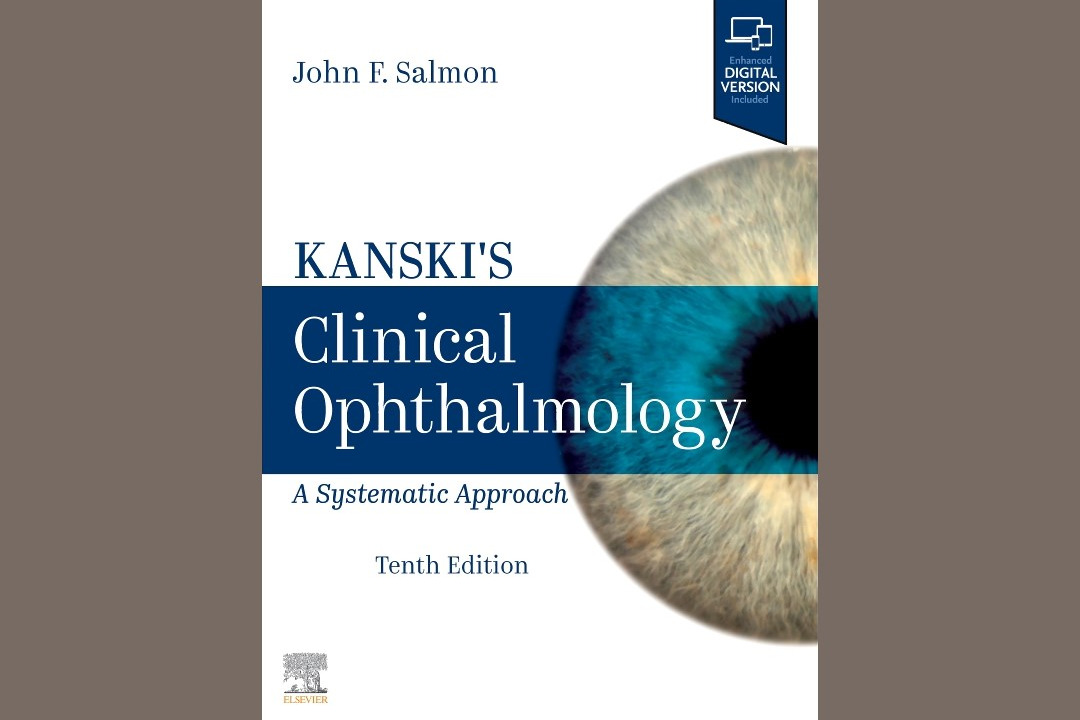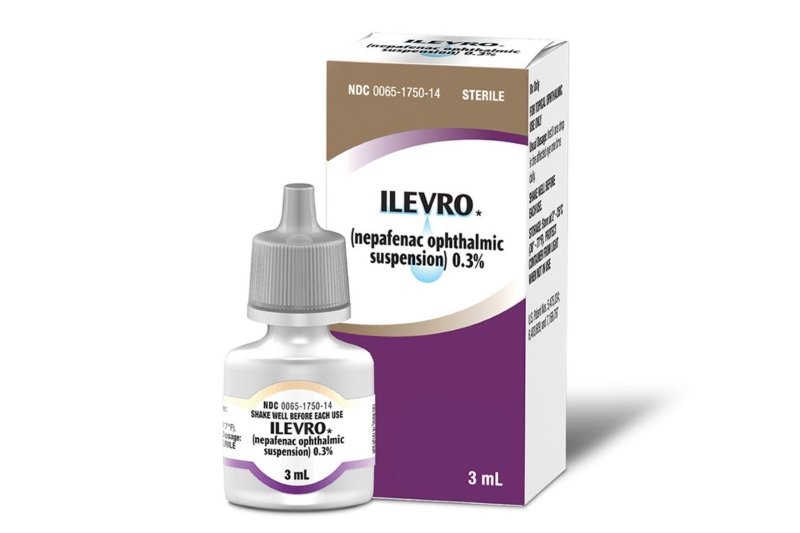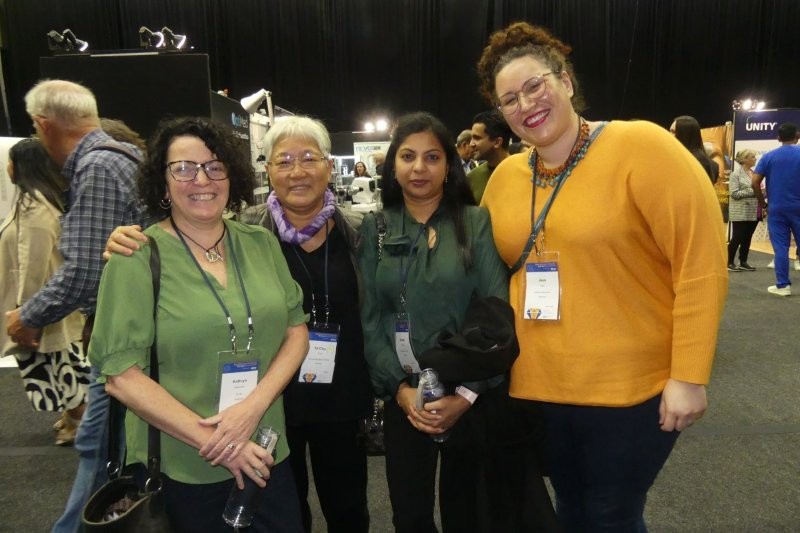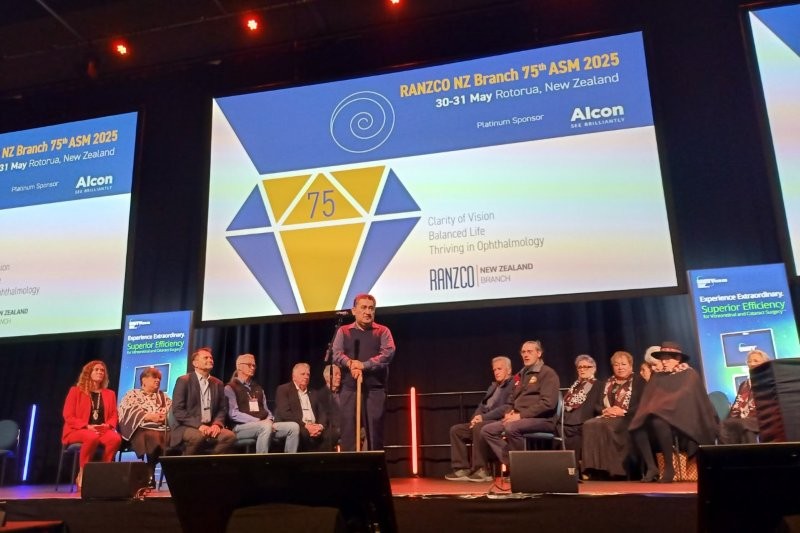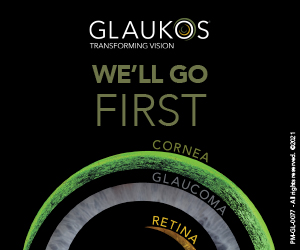Prevention, not cure, through genetics
Drew Jones talks to this year’s Association for Research in Vision and Ophthalmology (ARVO) winner of the Cogan Award Lecture Professor Alex Hewitt,head of clinical genetics at the Centre for Eye Research Australia and a principal investigator at the Menzies Institute for Medical Research, University of Tasmania. Alongside Flinders’ Professor Jamie Craig and Queensland’s QIMR Berghofer Medical Research Institute’s Professor Stuart MacGregor, Prof Hewitt was involved in the development of SightScore, a saliva-based test that analyses millions of genetic variants in a patient’s DNA to create a personalised polygenic risk score for POAG.
How was ARVO?
I think the exciting thing about ARVO is that you go there and learn from so many cutting-edge presentations. But the other great thing is, being the world’s biggest eye research meeting, it’s breaking down barriers, so I get the feeling that, in science at least, we can have a better world for humanity.
What did you talk about at ARVO?
My lecture was titled, ‘Genomic-led treatment paradigms for glaucoma’, in which I explained how polygenic risk-scoring allows the evaluation of a person’s disease risk, so sight-saving measures can be applied before symptoms begin.
What did it mean to receive the Cogan Award?
It was very humbling. It really reflects the teamwork that's gone into driving all of this. I've been extremely fortunate to have great mentors, team members and collaborators who, I know it's corny to say, are the people who deserve the award. My PhD supervisors were Professors David Mackey and Jamie Craig, who spearheaded glaucoma genetics for the last 20 years. I've been very fortunate to continue collaborating with both of them.
What is your primary research focus?
Uncovering the genetic mechanisms predisposing people to primary open-angle glaucoma (POAG) and age-related macular degeneration (AMD). However, this work encompasses the genetics underlying a vast array of ocular and non-ocular disease.
Having published on the genetics of glaucoma, AMD, keratoconus and diabetic maculopathy, do you see ‘frequent offender’ mutations shared by degenerative eye diseases?
Interestingly, there doesn't appear to be a lot of overlap between their causative genes – they seem to have quite distinct genetic drivers.
In dealing with vast datasets, have you used AI to help accelerate your work?
With RNFL (retinal nerve fibre layer) and OCT (optical coherence tomography) scans, that’s where AI is very strong at the moment. But in dealing with genetics, we’ve not used AI as much, given the standard statistical approaches are so robust.
Why do Australia and New Zealand seem to punch above their weight when it comes to ocular genetics?
In Australia and New Zealand, ophthalmology has really been leading the way in terms of genetics, particularly for glaucoma. We've been quite fortunate to have these tight networks of clinicians who've helped to drive forward that research.
Why has glaucoma become your focus?
I think there’s a paradigm shift occurring in terms of risk profiling for this disease. Glaucoma is one of the most heritable common diseases affecting humans, so it’s ripe for genetic testing and profiling.
With Professor Alice Pébay from the University of Melbourne, we have done a lot of patient-specific stem-cell work using induced pluripotent stem cells. From that, we've been looking at the transcriptome (the complete collection of RNA transcripts found in a cell, tissue or organism) to ascertain the difference in gene expression in eye cells that have been derived from patients with and without glaucoma.
Polygenic risk scoring will be useful for categorising people who are in that suspect, grey zone of the disease. But as additional tests come online for other diseases, just think of the utility of having a glaucoma test bundled in with your breast cancer, prostate cancer or coronary heart disease risk profile. Then you’re really getting into precision, personalised medicine. We're not too far from having a good evidence base on the glaucoma front and leveraging that insight to tailor specific therapies. I’d like to see everyone screened at 45 years old to assess their underlying risks of glaucoma and other complex diseases. Not only will it save lives and sight, but the economic benefits of prioritising those most at risk are enormous.
Do you worry that genetic testing could be used by medical insurance companies to raise the premiums of patients deemed at risk of certain diseases?
It’s definitely an important consideration. In Australia our Federal Government declared that you cannot discriminate based on genetic background. And in America there's the Genetic Information Non-discrimination Act of 2008, which prevents that as well, but I don't know what the New Zealand landscape is like. (Ed: In New Zealand, while insurers cannot require people to take a genetic test when deciding on insurance coverage, applicants must declare the results of any genetic testing.)
Having said that, with many health insurers, if you have a known family history of the disease, you need to declare that, which they use to adjust your profile anyway, so having a genetic fine tuning of that result may not shift the dial too much.
If we can nip oxidative stress in the bud for those predisposed to Alzheimer’s and Parkinson’s and many eye diseases associated with ageing, are we effectively cheating ageing?
Potentially. We haven't done a lot of research on that side of things and part of the issue is the difficulty in studying oxidative stress in the diseased tissue. The actual ageing process hasn't been fully recapitulated in the dish models of disease, unfortunately. That's why we've primarily focused so far on underlying genetic drivers.





